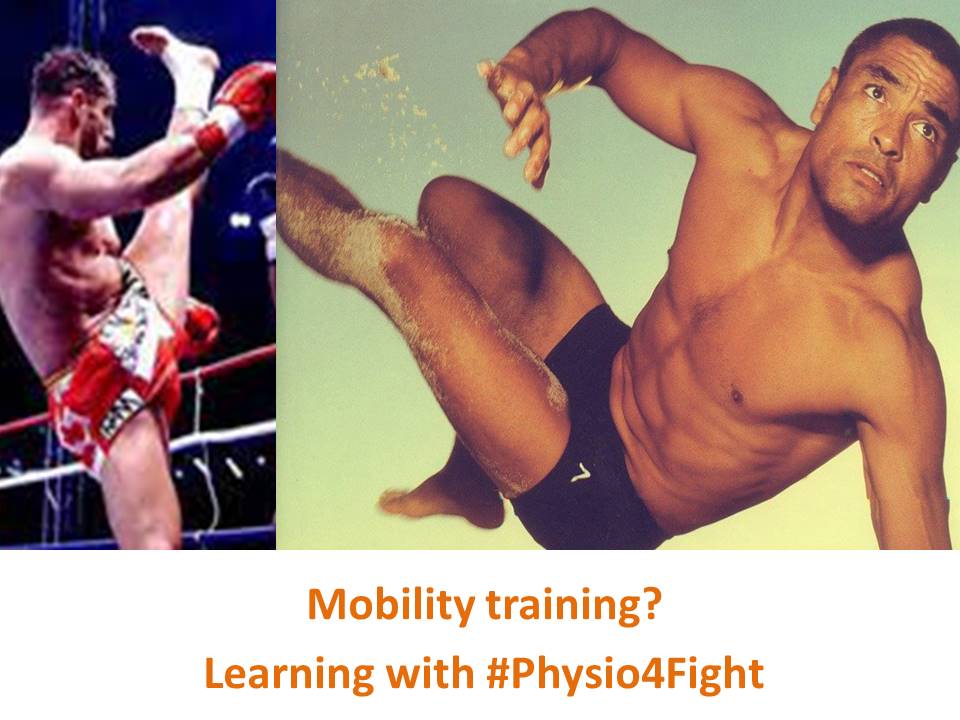
Find us on Facebook and leave your like.
Physiotherapy is not only soft tissue release, manipulations and a couch.
In fact, a better understanding about pain (short term and long term) and the importance of exercises and training are playing a massive role in modern physiotherapy evidence based.
The importance of strength training is a popular subject nowadays. We wrote about the importance of strength training here.
However, another important form of training is often forgotten. We are talking about mobility training.
There is a reason why two of the most greatest fighters in the world, the Brazilian Jiu Jitsu master Rickson Gracie and the Swiss karateca Andy Hug (in memorian) trained mobility a lot.
Mobility is essential because it prepares our bodies and mind for the stress of demanding training. It is a vital contributor to reducing the risk of injuries as well as improving technique and range of movement. Mobility is also important because it allows you to function normally through your general daily activities.
Mobility training helps you develop a full range of motion in your arms, spine, trunk and legs. Exercises that enhance mobility also improve your joint health mainly with secondary positive effects in the muscles as well. Well-developed mobility gives you an advantage in martial arts, running, yoga and other physical activities as well as in day-to-day activities.
If you have stiff joints or is an advanced age athlete, mobility training can improve the range of motion of your joints and muscles. It can assist in improving posture in some cases. Mobility training can also alleviate daily aches and pains as well as improve our body awareness.
Mobility also plays a role in exercises that are purely strength driven like heavy squatting. Mobility is key for strength training and advancing to lifting more weight. Focus on improving your mobility and mobility-specific exercises to see improvements in your weightlifting or any other particular activity.
Exercises must be specific so it is important to note that strength training alone is not good enough to improve mobility.
Always remember: Your training must be specific, planned and structured to achieve your goals.
Mobility training should be take with caution when there is a history of joint instability, chronic dislocations and some medical conditions that affect joint health.


